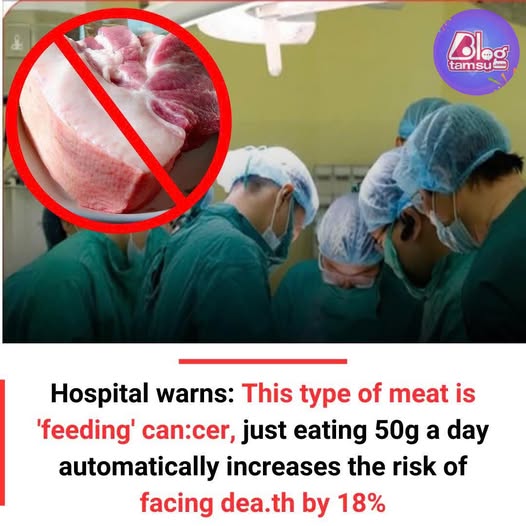When it comes to consuming meat, most people focus on flavor, tenderness, and how well it’s cooked. However, not all parts of the meat are safe—or even meant—to be eaten. While certain cuts are prized for their nutritional value and taste, others can pose health risks if not properly prepared or avoided altogether.
Organs like the liver and heart are considered delicacies in many cultures, but others, such as the spleen or lungs, are not recommended for consumption due to potential toxins or contamination risks. Bones, while used for broths, should never be eaten directly as they can splinter and cause choking or internal injury. Fat trimmings and skin, especially when not cleaned thoroughly, may also carry bacteria or parasites if undercooked.
Another area of concern is connective tissue and cartilage. While some types (like oxtail or beef tendons) are used in slow-cooked dishes, excessive consumption may be hard on digestion. Marrow, popular in gourmet dishes, must be sourced from healthy animals and cooked at the right temperature to be safe. It’s also important to note that spinal cord and brain tissues can carry prions, which have been linked to diseases like BSE (mad cow disease) and should never be eaten.
Disclaimer: This article is for informational purposes only and is not a substitute for professional dietary or medical advice. Always consult with a healthcare provider or food safety expert regarding meat consumption, especially when trying unfamiliar cuts or organs. Proper sourcing, handling, and cooking methods are crucial to ensure safety.
